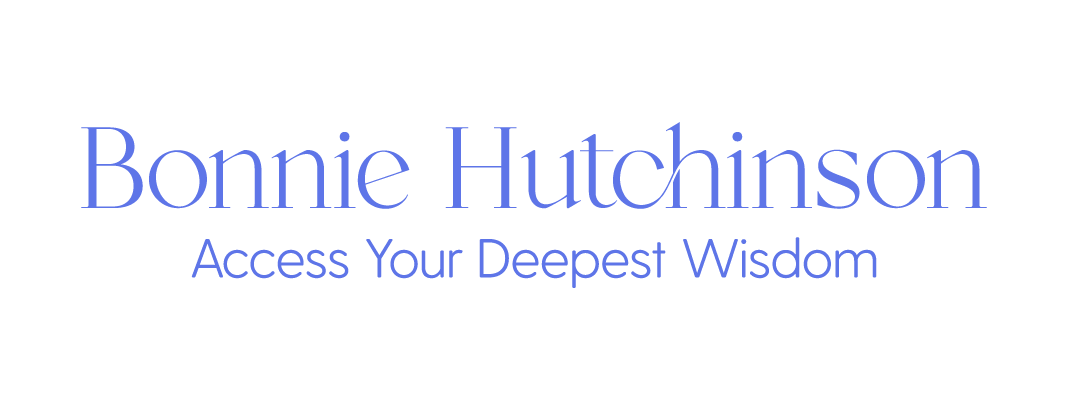Grassdancing
A wise tradition
I first heard the term “grassdancing” from a Native American man from Montana. He was the keynote speaker at a conference about resilience – factors that help children and adults deal with challenges and come out stronger and happier.
The speaker told us about a custom of his ancestors. When a nomadic Plains Indian band moved to a new location, the people did not immediately set up camp.
First, they began to walk around gently to get a feel for the new terrain. As they walked gently, they would notice the ups and downs, the sheltered places and open places. They would notice the water, grass and animals. They would feel the spirit of the place.
When they had walked around enough to have a feel for the terrain, only then did they decide what to put where. Then they would begin to set up camp.
That gentle exploration was called “grassdancing.”
The speaker suggested that the practice of grassdancing was helpful when we begin anything new. This gentle exploring activity helps us get a sense of the new terrain. In turn, that helps us to decide wise next steps.
A second aspect of grassdancing
Since I first heard the explanation, I’ve learned that grass dancing was also used in another way. Tribes created an appropriate place for a tribal meeting or ceremony by trampling down high grasses.
This too has a symbolic message for a time of beginnings. When we consider a change or begin a transition, it’s useful to “create a space” in our lives for something new.
In summary, “grassdancing” includes two useful activities in the early stages of a change or a transition:
· gentle exploration, and
· creating space for something new.
Right now is a perfect time for grassdancing
Right now, across the globe, we’re in various stages of shifting from a time of lockdown to a time when we have fewer restrictions. But we are not returning to the same world we left all those months ago.
For one thing, all of us are older. We are not the same people we were then. You may have external changes in your appearance or health, your habits or employment status. You’ve quite likely also experienced inner changes. You may have different beliefs or emotional responses or perceptions of who you are now.
And of course, the external world has changed. Globally, the political scene has changed in several countries. Locally, maybe your favourite coffee shop is now gone forever. Maybe new construction is replacing what was once a vacant lot. Where I live, weather patterns have been unusual.
Even if we haven’t moved to a new location or job, we are all in new terrain as restrictions are lifting. We’re in a transition.
When you’re experiencing a transition time, your “new terrain” will likely include both inner and outer aspects.
Inner terrain is about your inner experience. It includes your intuitive knowing; your values, beliefs, perceptions, thoughts and emotions; your sense of self.
Outer terrain is the context in which you are having experiences. It includes the physical spaces. It also includes the family, workplace, social, financial and cultural environments. It can also include the physical, emotional, mental and spiritual energy in these contexts.
Four grassdancing practices for transition times
So what could “gently exploring the inner and outer terrain” and “making a space for something new” look like?
Four exploratory practices you might find helpful are:
· Listen to the guided visualization “Begin with G-R-A-C-E” (link is below). The initials stand for Ground-Release-Align-Connect-Enjoy.
· Ask around. What are others noticing as we move out into the world?
· Spend quiet time in a semi-meditative state with a trusted inner guide.
· Create new physical space to invite something new into your life symbolically.
Pick one or two practices that feel most appealing to you, and adapt them so they work for you.
Reflection question
What are you most looking forward to
as the world is opening up again?
